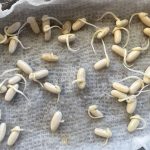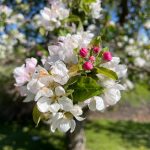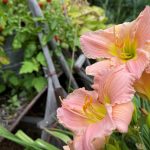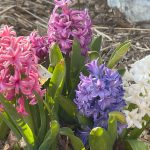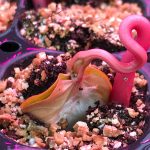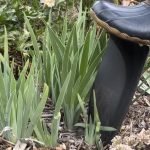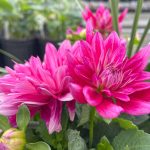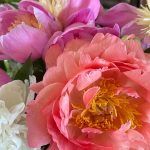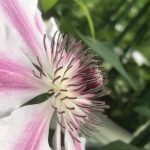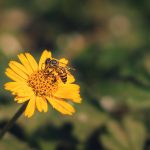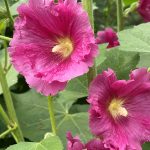Perennials play a distinctive role in the flower garden. Sometimes it can be difficult to understand perennial seasons of bloom and how different perennials work in a garden.
Perennials have the power to live through our winters and return for a colourful flower display year after year.
Perennial flowers are unique from annual flowers in that perennials usually don’t bloom through the entire growing season, but most have a specific bloom season.
This blog will look at what triggers plants to flower and how to plan a garden considering perennial bloom seasons. I’ve also put together a comprehensive chart listing perennials that flower in spring, summer, and fall that is available to download for free.
A Little Background on Annuals, Biennials and Perennials
Let’s discuss annuals, biennials, and perennials to give this conversation context.
Annuals

Annuals are plants that complete their life cycle in 1 year. They grow from seed, flower vigorously, develop mature seeds, and die when that process is complete, usually when the fall or winter weather sets in.
Deadheading or removing old flowers is vital to keeping annual flowers blooming. Deadheading frustrates their objective of reproduction, so they respond by reflowering. Annuals will continue to produce new flowers until frost because of their drive to make seeds and continue the species.
Common annual flowers include alyssum, begonias, coleus, dahlias, fuchsias, geraniums, marigolds, osteospermum, petunias, portulaca, snapdragons, and zinnias.
Biennials
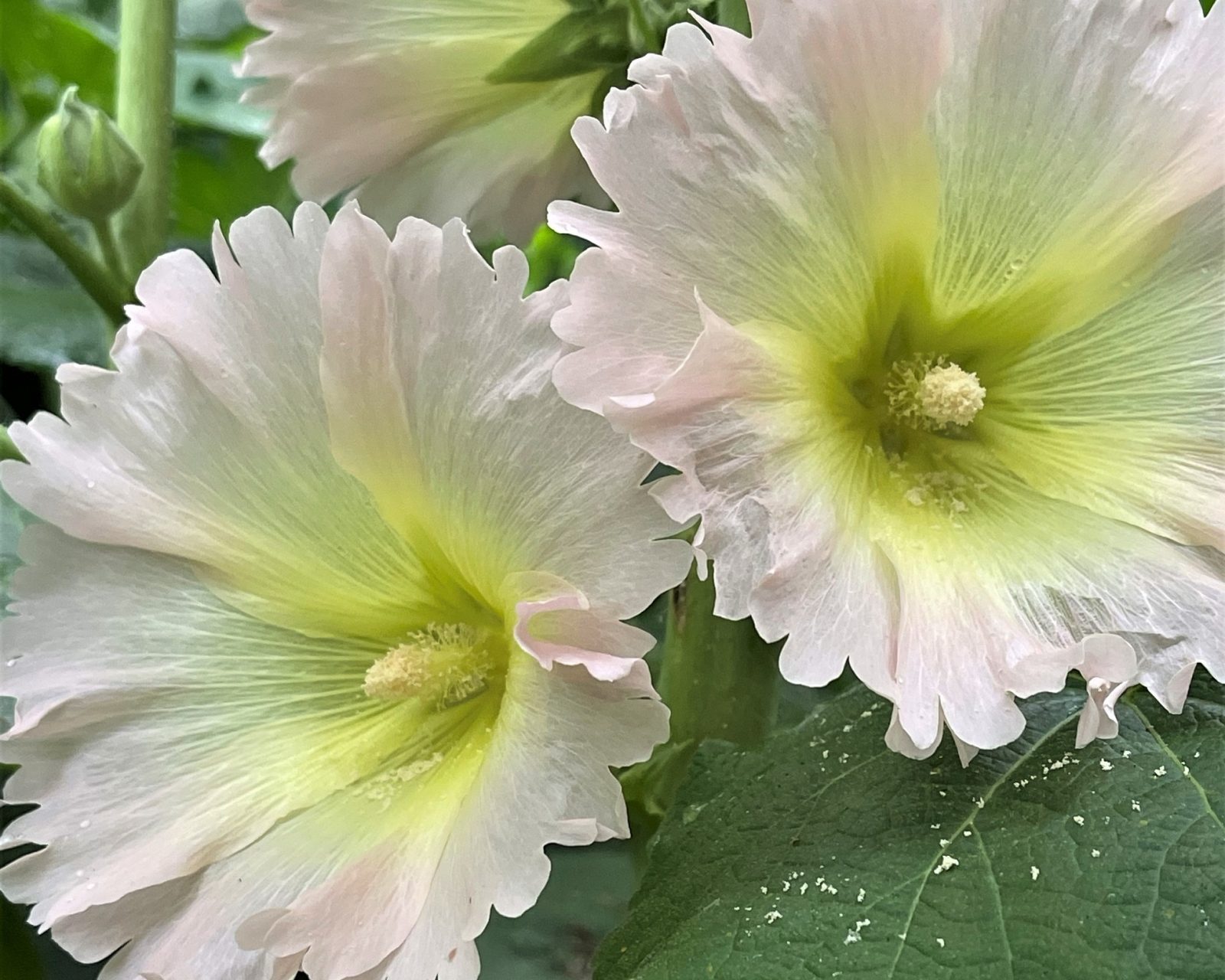
Biennials are plants that complete their life cycle in 2 years. The first year of growth focuses on developing a solid root storage system, and the second year is about advancing their reproductive system.
Biennials produce flowers and seeds in their second year of growth unless factors induce first-year flowering that threaten the plant’s ability to reproduce. Extreme heat and drought commonly trigger first-year flowering, called ‘bolting’, in biennials.
Examples of biennials are beets, cabbage, carrots, lettuce, onions, parsnips, parsley, Swiss chard, Lupines, Alcea (hollyhocks), Campanula (Canterbury Bells), California Poppy, Myosotis (Forget Me Nots), Dianthus barbatus (Sweet William).
Perennials
Perennials are plants that live for more than 2 years. Some perennials are long-lived, like trees that live for hundreds of years. However, herbaceous perennials are all over the map, with some residing short lives of 3-7 years and others lasting over 70 years.
Perennials are divided into 2 basic categories: woody perennials and herbaceous perennials.
Woody Perennials
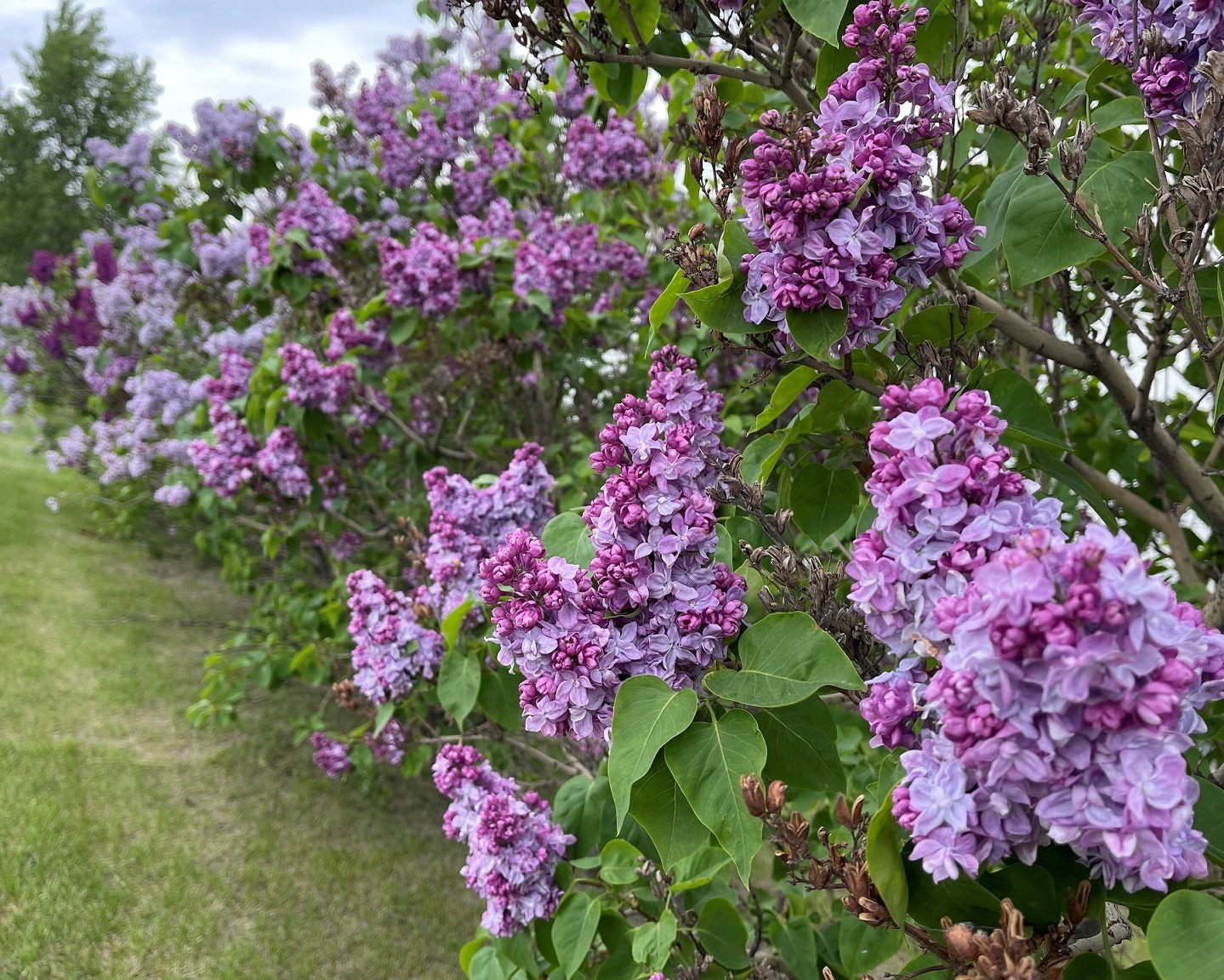
Woody perennials shed their leaves in fall and have permanent structures above the ground that continue to grow from where they stopped at the end of the growing season.
Trees, shrubs, and some vines are woody perennials.
Herbaceous Perennials

Herbaceous Perennials are non-woody plants that die back each fall, the root overwinters (as long as it is zone hardy) and the plant grows fresh from the ground each spring.
Herbaceous perennials have a season of bloom, which means that they flower at a specific time during the growing season. After flowering, their energy focuses on producing seeds and stronger roots.
Blossoming can happen in the spring, early & mid-summer, or fall.
There are a few perennial flowers classified as ‘ever bloomers’ that once they start flowering, they do so until frost.
Common zone 3-4 perennials are Hemerocallis (Daylilies), Hostas, Dicentra (Bleeding Heart), Heuchera (Coral Bells), Peonies, Papaver (Poppies), and Lilies.
What Triggers Plant Flowering?

Flowering is all about species reproduction and survival. It is a complex process involving multiple interacting components, with no one factor solely responsible for initiating blossoms.
Genetics, built-in life cycle patterns, photoperiods, maturity, and light quality play an interactive role in flowering. Interestingly, the environmental temperature isn’t a significant influence as temperature cycles come and go, but the deeper rhythms of the earth signal flower development.
Plant Genetics and Life Cycles Influence Blooming
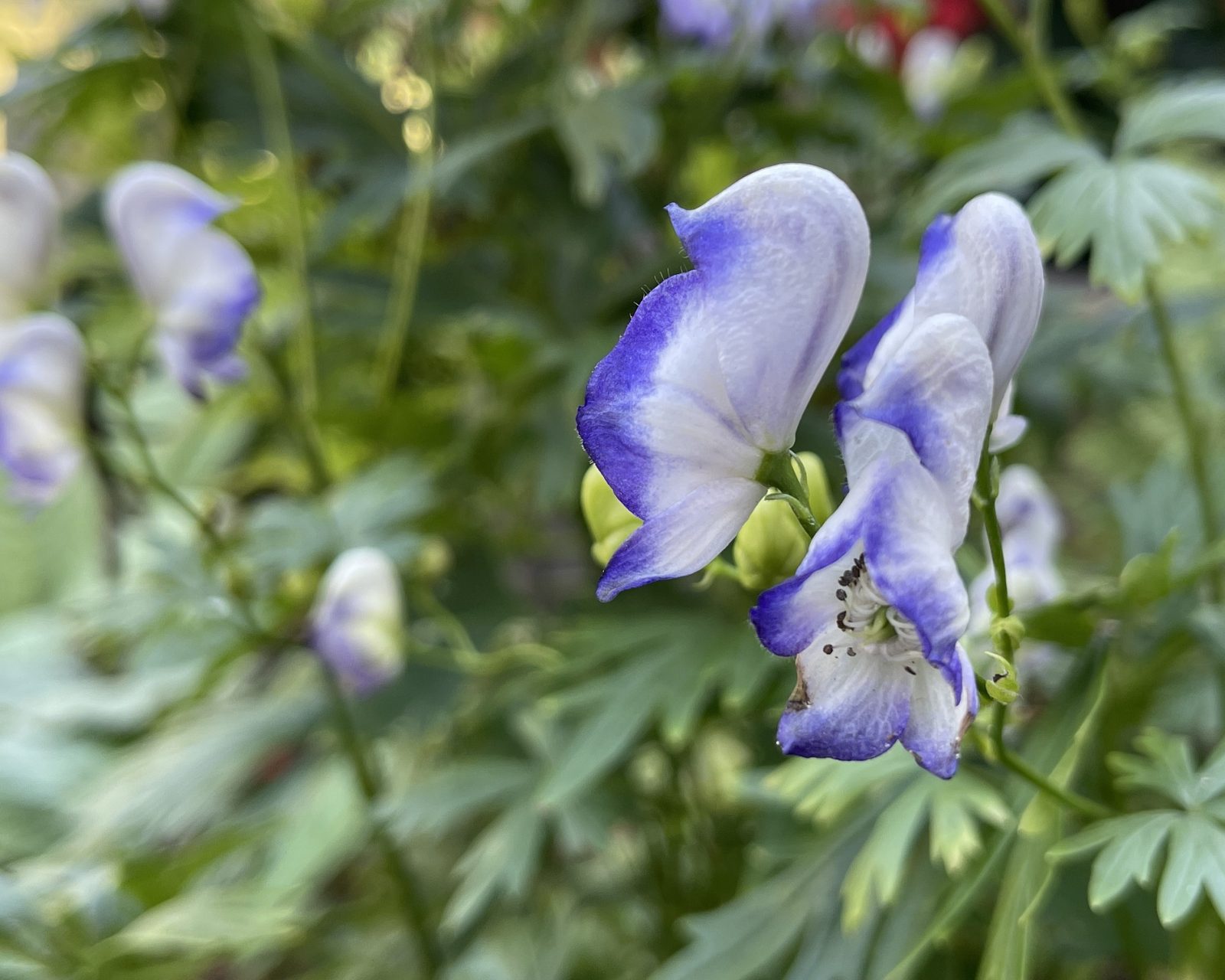
Plants bloom at different times because of their ingrained DNA and life cycles.
Here’s how it works for annuals, biennials, and perennials.
Annuals bloom profusely all season to reproduce and continue the species. They spend their energy on flowering and producing seeds and less on establishing a lavish root system. As mentioned earlier, deadheading thwarts their reproductive goal, so they rebloom in an effort to achieve seed formation.
Biennials bloom and produce seeds in their second year. They establish a robust root system in their first year and then flower and produce seeds in their second year.
Perennials focus the first few years of their growth on developing vigorous and elaborate root systems which enable them to survive cold winters. Perennials flower once they have reached the right stage of maturity. Some perennials are adapted to flower early in the season before the trees have leafed out, while others respond to other influences.
Flowering is Affected by Photoperiod
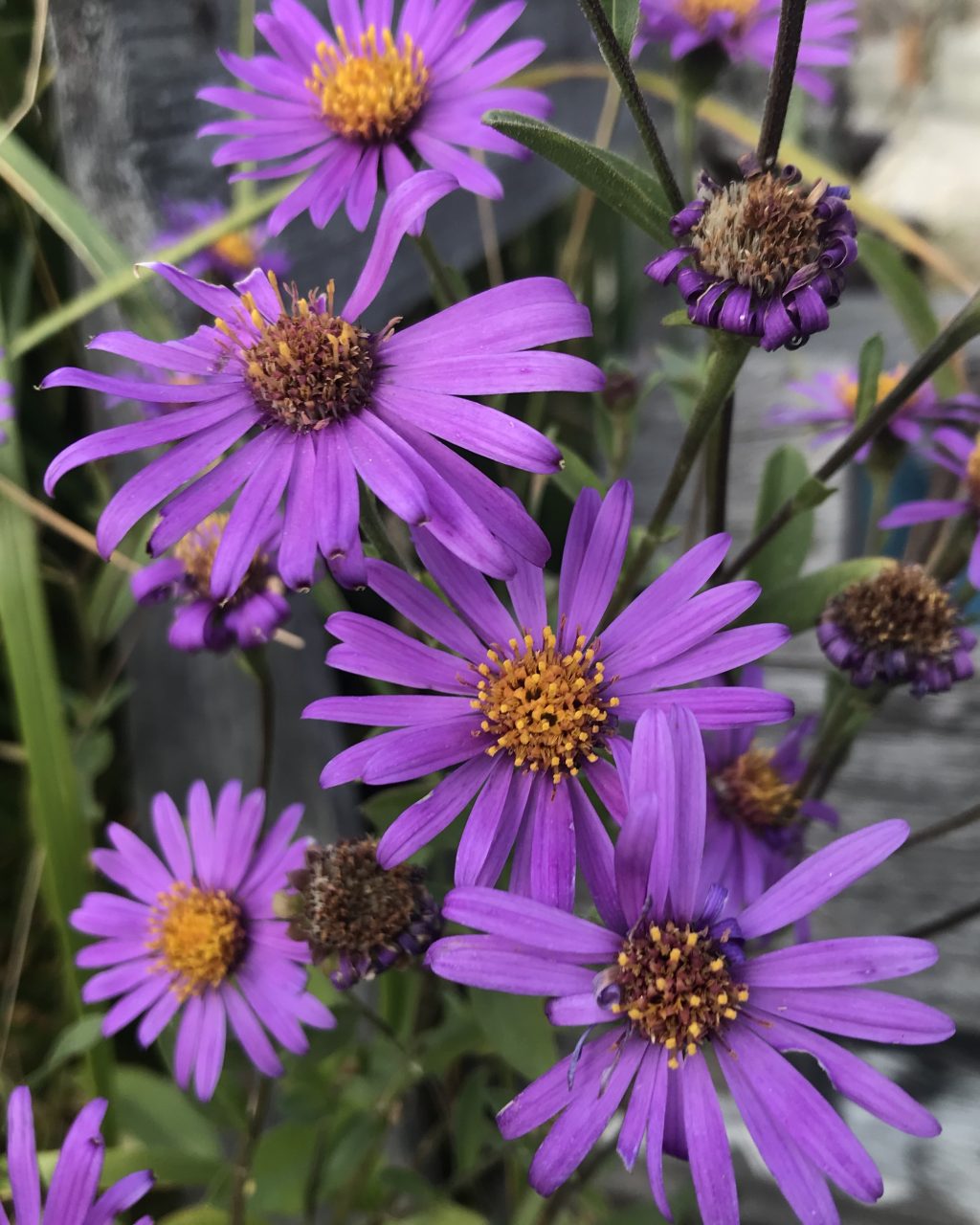
Exposure to light and dark periods triggers flowering in some plants.
Short-Day plants bloom when the number of daylight hours is less than the hours of darkness. Chrysanthemums, Poinsettias, and Christmas Cactus are examples of short-day plants.
Long-Day plants produce flowers when the daylight hours exceed the hours of darkness. Greenhouses use additional lighting to stimulate earlier flowering in these plants. Asters and Echinacea are examples of long-day plants.
Day-Neutral plants will flower regardless of their exposure to hours of light and darkness. Geraniums, Impatiens, Begonias, tomatoes, corn, and cucumbers are day-neutral plants.
Maturity
Plants will only flower if their structures have matured despite the combination of other factors.
Many perennials flower after their first 1-3 years as they focus their growth on developing sturdy roots in their initial years.
Light Quality
Light quality triggers hormonal changes in plants for flowering.
Plants grow in response to light waves we can’t see on both ends of the light spectrum. For example, UV or blue light results in darker green leaf and stocky growth and hyper-red or far-red light on the other end of the spectrum triggers tall growth and influences flower initiation.
How a plant responds to hyper-red light determines when it flowers in the growing season.
How to Incorporate Perennial Seasons of Bloom in Garden Planning

All herbaceous perennials have a season of bloom, meaning they flower at a specific time during the growing season.
Some perennials bloom early in the spring, others during the heat of summer, and others show off their colours in late summer and fall.
A few perennial flowers, which I call ‘ever bloomers’, continue to blossom until frost once they start flowering if they are deadheaded.
After flowering, perennials direct their energy to produce seeds and stronger roots.
Most woody perennials (trees and shrubs) blossom in spring, return to green growth, and then focus on seed production for the rest of the growing season.
When planning a garden, investigate flowering times and the perennial’s tolerance for sun exposure, drought, and wind.
Incorporate a mix of perennials that flower during each season in your garden design. Varying seasons of bloom gives continual garden colour and provides a steady supply of pollen for pollinators throughout the entire growing season.
If somebody planted only spring-blooming perennials, the perennial garden will be done all its flowering by the end of June.
Plan to incorporate some annuals in your flower garden drawings, too. Annuals flower continually through the growing season and they pull continual colour through the garden while one set of perennials fades out of flower and the next one begins.
Lists of Spring, Summer, Fall, and Ever-Blooming Perennials
Spring blooming perennials start to flower as soon as they are ready through May and June.
Typical spring flowering perennials are Alpine perennials that originate from high mountain meadows. They blossom early, so there is time to produce mature seeds before the freezing temperatures and snow arrive.
Summer flowering perennials show off their magic in July and August. Still, some summer bloomers, like Heliopsis, Heuchera, Echinacea, and repeat blooming Hemerocallis (Daylilies), continue to bloom into September.
Fall-blooming perennials start to flower in mid to late August and continue to flower unabated until heavy frost.
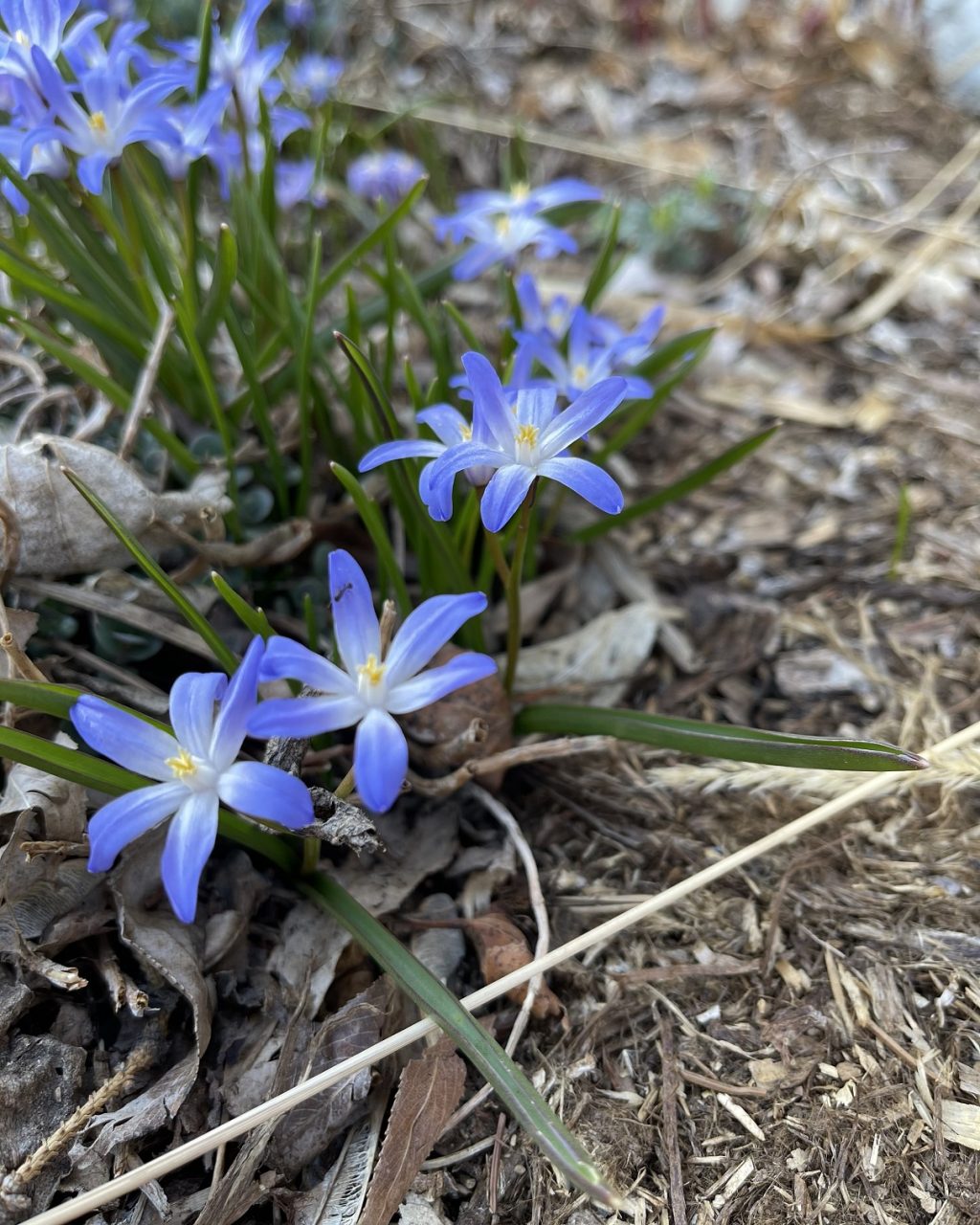
Free Downloadable Perennial Flowering Reference Chart
Download this free Perennial Flowering Reference Chart of common zone 3-4 spring, summer, and fall blooming perennials below for your garden planning.
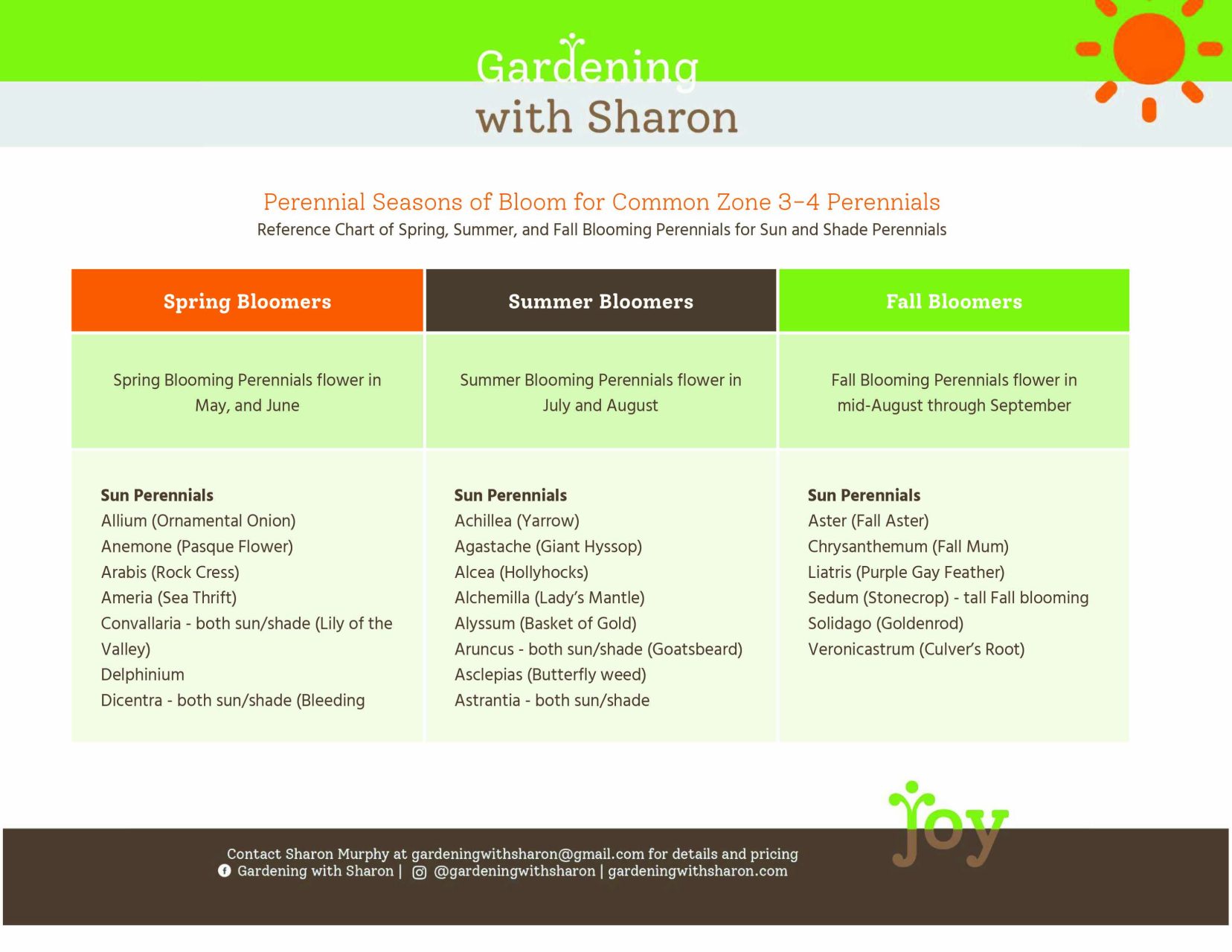
Conclusion
I hope you enjoyed this blog post about perennial seasons of bloom as we examined how perennials bloom and how to capture and highlight their season in your garden.
Let me know if you have any questions about this aspect of perennials, and thank you for stopping by!
©Sharon Wallish Murphy ©Gardening with Sharon




